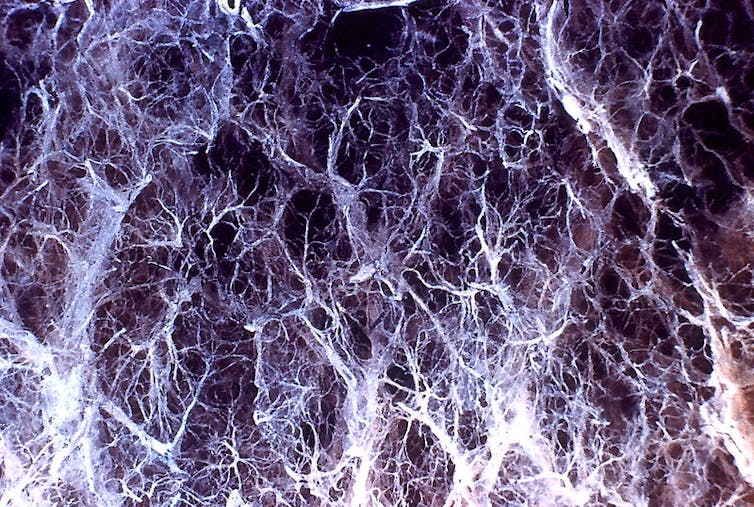2022-08-01 ワシントン大学セントルイス
この技術により、現在医師が使用している表面レベルの白色光画像よりも、異常についてより多くの情報が得られるようになった。
<関連情報>
- https://source.wustl.edu/2022/08/pairing-imaging-ai-may-improve-colon-cancer-screening-diagnosis/
- https://pubmed.ncbi.nlm.nih.gov/35150067/
光コヒーレンス・トモグラフィーカテーテルとディープラーニングを用いたヒト大腸がん組織評価 Human colorectal cancer tissue assessment using optical coherence tomography catheter and deep learning
Hongbo Luo, Shuying Li , Yifeng Zeng, Hassam Cheema , Ebunoluwa Otegbeye , Safee Ahmed , William C Chapman Jr , Matthew Mutch , Chao Zhou , Quing Zhu
Journal of Biophotonics Published:2022 Feb 28
DOI: 10.1002/jbio.202100349

Abstract
Optical coherence tomography (OCT) can differentiate normal colonic mucosa from neoplasia, potentially offering a new mechanism of endoscopic tissue assessment and biopsy targeting, with a high optical resolution and an imaging depth of ~1 mm. Recent advances in convolutional neural networks (CNN) have enabled application in ophthalmology, cardiology, and gastroenterology malignancy detection with high sensitivity and specificity. Here, we describe a miniaturized OCT catheter and a residual neural network (ResNet)-based deep learning model manufactured and trained to perform automatic image processing and real-time diagnosis of the OCT images. The OCT catheter has an outer diameter of 3.8 mm, a lateral resolution of ~7 μm, and an axial resolution of ~6 μm. A customized ResNet is utilized to classify OCT catheter colorectal images. An area under the receiver operating characteristic (ROC) curve (AUC) of 0.975 is achieved to distinguish between normal and cancerous colorectal tissue images.


